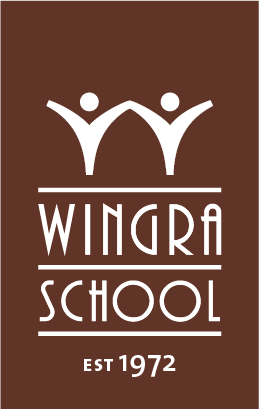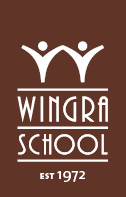In 1970 and 1971, five women, all with considerable knowledge in the fields of education and child development, set out to create a learning environment for children that followed many of the same philosophies as the “open classroom” or British primary model. It was a time when many educators questioned the effectiveness and benefits to children of the traditional, highly adult-centered practices in American education.
The open, informal, or British primary model was heavily influenced by the work of educator John Dewey and developmental psychologist Jean Piaget and was characterized by the following:
• Multi-age or “family” groupings of children
• “Learning centers” to move through during an openly structured school day
• Recognition that children are active constructors of their own knowledge
• Teaching as facilitating, guiding, and setting the stage for children’s discovery
• Learning as a highly individualized process, strongly bound to social connections and community responsibilities
Wingra’s founders’ original intent was not to create a new school but to demonstrate to the Madison school district a more child-centered, mixed-age approach in the hopes that they would implement it within the public schools. They tirelessly lobbied the school board, convincing them along the way to send several teachers to England to explore the open classroom.
Ultimately, the district proposed a three-year experiment starting with five-year-olds and adding an age group each year. This arrangement did not satisfy Wingra’s founders, in part because the true benefit of the family groupings would not be enjoyed until the third year. After thanking the district for its support and consideration, the founders opened Wingra School in 1972 in the Dudgeon building with 45 students in two classrooms. The school’s first teachers were Sam Jackson, JoAnn Schoell, and Jackie Hass.



